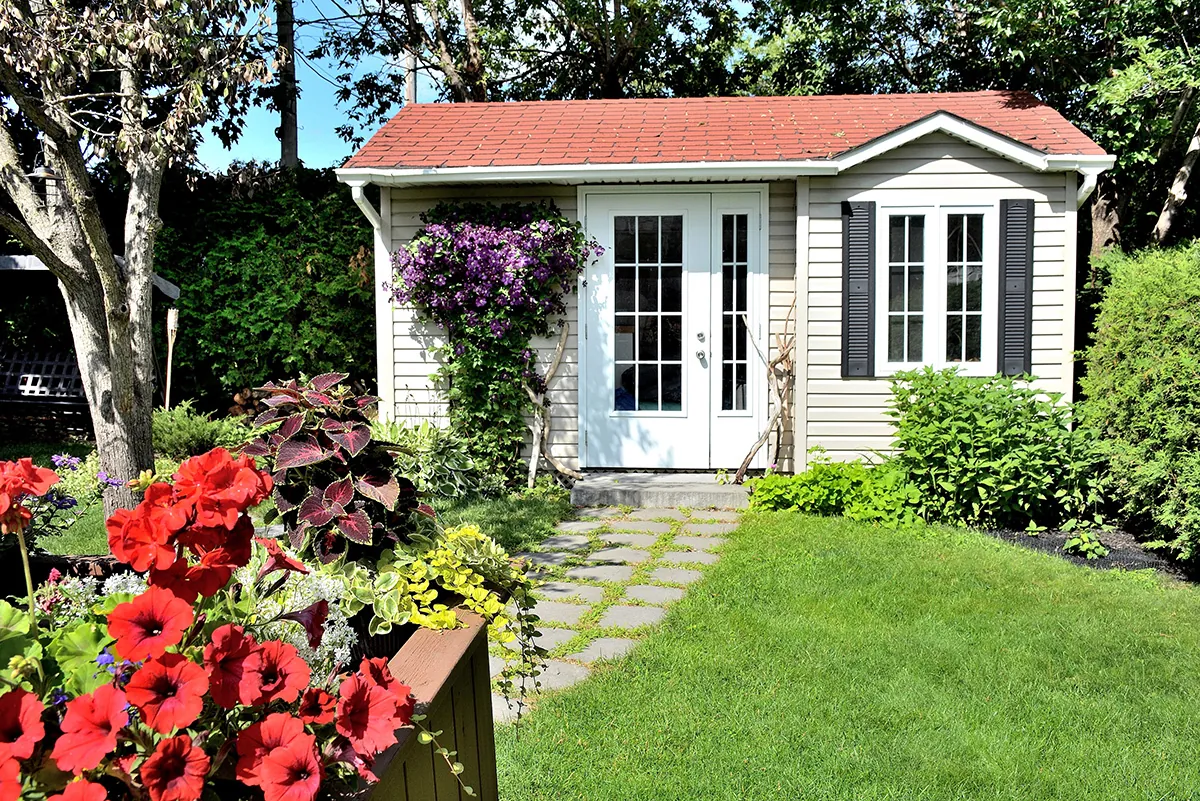
Accessory Dwelling Units (ADUs) and Junior Accessory Dwelling Units (JADUs) are an innovative and effective option for adding much needed housing in California.
ADUs have been known by many names: granny flats, in-law units, backyard cottages, secondary units and more. HCD is the state’s leader on local ADU ordinances, which — while optional — have grown exponentially in number as more cities, counties, and homeowners become interested in ADUs as one solution to increasing the supply of affordable housing.
As of March 25, 2024, with the Chaptering of Senate Bill (SB) 477 (Chapter 7, Statutes of 2024), the sections of Government Code relevant to State ADU and JADU Law have been re-numbered.
ATTENTION: Register here for a webinar on the latest changes to State ADU Law on January 30, 2026, from 1:00 pm – 2:30pm.
What are JADUs?
Junior Accessory Dwelling Units (JADUs) are allowed to be created within the walls of a proposed or existing single-family residence and shall contain no more than 500 square feet. JADUs offer additional housing options. They may share central systems, contain a basic kitchen utilizing small plug-in appliances, may share a bathroom with the primary dwelling, all to reduce development costs. JADUs present no additional stress on utility services or infrastructure because they simply repurpose existing space within the residence and do not expand the dwellings planned occupancy.

